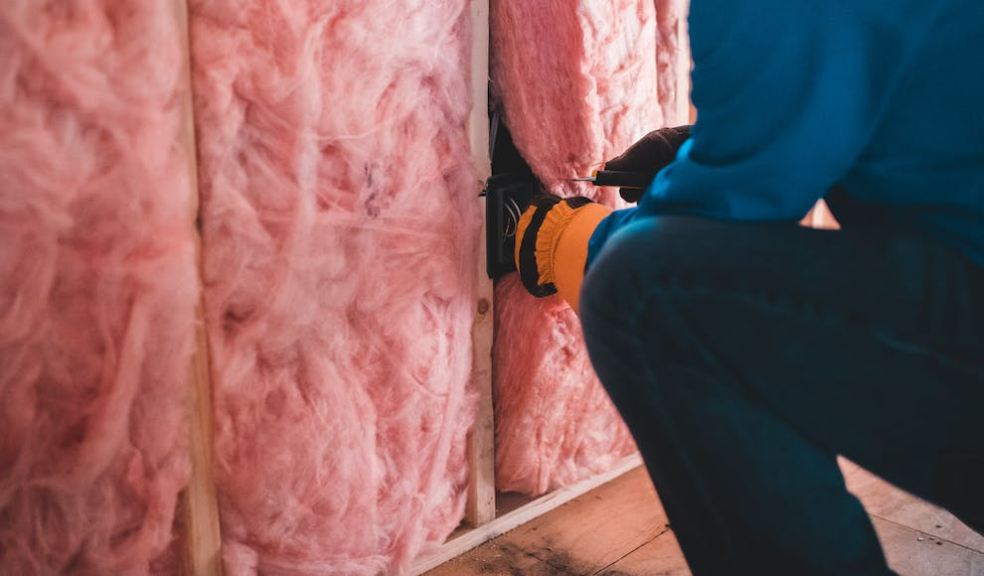
Insulation Innovations: Enhancing Your Home's Heat Retention and Efficiency
In the quest for a more energy-efficient and comfortable home, homeowners are increasingly turning to innovative insulation solutions. These advancements not only contribute to reducing the environmental footprint but also ensure that homes stay warm in winter and cool in summer, all while cutting down on energy costs.
The Importance of Effective Insulation
Effective insulation is paramount for any home. It acts as a barrier to heat loss during colder months and heat gain during warmer months. This not only maintains a comfortable indoor temperature but also reduces the strain on heating and cooling systems, leading to significant energy savings. Moreover, effective insulation contributes to a reduction in carbon emissions, aligning with global efforts to tackle climate change.
Cutting-Edge Insulation Materials
Aerogel Insulation
One of the most significant innovations in insulation materials is aerogel. Known for its incredible lightness and high insulating properties, aerogel offers superior thermal performance in a thinner layer compared to traditional materials. This makes it ideal for homes with limited space for insulation.
Vacuum Insulation Panels (VIPs)
VIPs are another breakthrough, providing extremely high levels of insulation. These panels contain a core material encased in a vacuum-sealed envelope, significantly reducing heat transfer. Although more expensive, their efficiency is unparalleled, making them a worthwhile investment for long-term energy savings.
Bio-Based Insulation
Eco-conscious homeowners are turning to bio-based insulation materials, such as sheep's wool, hemp, and recycled cotton. These sustainable options not only provide excellent thermal insulation but also improve indoor air quality by being free from harmful chemicals commonly found in synthetic insulation.
Insulation Techniques and Practices
Continuous Insulation
Continuous insulation involves the application of insulating material across all structural components of a home, eliminating thermal bridges where heat can escape. This technique ensures a uniform thermal barrier, enhancing overall efficiency.
Smart Insulation Systems
Advancements in technology have led to the development of smart insulation systems. These systems can adjust their insulating properties based on external weather conditions, maintaining optimal indoor temperatures without manual intervention.
Retrofitting Older Homes
For older homes, retrofitting insulation can be a challenge. However, new methods, such as injecting foam insulation into existing walls or laying aerogel blankets under flooring, offer practical solutions without the need for extensive renovations.
Balancing Insulation and Ventilation
While insulation is crucial for heat retention, proper ventilation must not be overlooked. A well-insulated home needs adequate ventilation to prevent moisture build-up and ensure a healthy living environment. Innovative solutions like heat recovery ventilation systems can help maintain this balance by extracting stale air and bringing in fresh air without losing heat.
Government Incentives and Support
In the UK, various government initiatives and schemes are available to support homeowners in upgrading their insulation. These include grants, loans, and advice services aimed at making homes more energy-efficient. Homeowners are encouraged to explore these options to reduce both the financial burden of insulation upgrades and their environmental impact.
Expert Guidance for Homeowners
For those looking to upgrade their home's insulation, seeking expert guidance is crucial. Resources such as iHeats best boiler guide offer valuable insights into efficient heating systems and insulation practices, tailored to individual needs and circumstances.
Conclusion
In summary, the advancements in insulation technology and practices present an exciting opportunity for homeowners to enhance their home's heat retention and efficiency. From cutting-edge materials like aerogel and VIPs to smart insulation systems and sustainable options, there is a plethora of choices catering to diverse needs and preferences. By investing in these innovations, homeowners can not only enjoy a more comfortable living environment but also contribute to a greener, more sustainable future.












